|
September
2022
Contents
Monthly Meeting
Upcoming Field Trips
President's Message
Bird of the Month
Field Trip Reports
SEPTEMBER UCB MEETING:
Thursday Sep 8, 2022, 7 pm
Birding Antarctica and the Southern Ocean: Adventures on a Research
Expedition, presented by Bryce Robinson.
This will be a hybrid meeting, in person at the Bean Museum, and on zoom for
those who would prefer to tune in online.
Bryce W. Robinson is an ornithologist and illustrator with a deep tie to Utah
County. He was born in American Fork, went to American Fork High School and then
left Utah County to attend University of Utah. He has since travelled the world
birding and working with birds. Currently he is a PhD student at Cornell
University and the Cornell Lab of Ornithology, a position that recently provided
him the unique opportunity to join a research expedition to Antarctica and the
Southern Ocean. During his 30 days aboard a sailing vessel, the Vinson of
Antarctica, he worked through difficult ID challenges such as the Prions and
Diving-Petrels, while capturing and sampling multiple penguin species and
interacting with nesting seabirds such as Albatross and Petrels. Bryce will
share stories and multimedia from Antarctica, South Georgia, and the Southern
Ocean, providing an intimate insight into the birdlife of this wild region of
the world.
FIELD TRIPS:
(Please bring walkie talkies set to 5-0)
Saturday, Sept. 17th - 5 am
Piute, Garfield and
Kane County Fieldtrip
Meet at the Payson Walmart at 5 am. We will drive to Piute Reservoir and get
our 22 species in Piute County. Then we will drive to Garfield County
stopping at a couple different locations searching for our 22 species. Bring
a lunch, we will stop somewhere along the way to eat. Then we will head
towards Alton and the 3 lakes. They are in Kane County. Hopefully finding
our 22 species in Kane County! It will be a long day for sure. You are
welcome to stay over somewhere down that way and join along the way. I just
don't know how well cell service will be. It will be a fun adventure!!
|
Upcoming Fieldtrips for 2022
|
President's Message -
July 2022
by Machelle Johnson
|
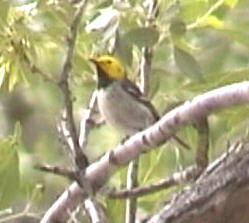
Hermit Warbler
by Tuula Rose ©Tuula Rose |
|
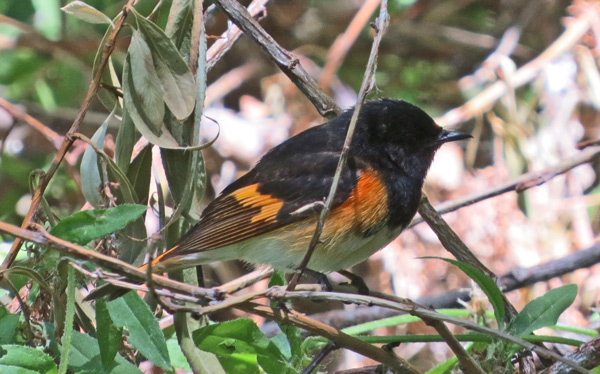
American Redstart
by Cliff Miles ©Cliff
Miles |
September in Utah is a beautiful
month, the sky is a deeper blue, the leaves are starting to turn colors, the
nights are cooler and the days are not so hot. What makes it even better is fall
migration! There have been quite a few migrants spotted here and there
throughout the state. Now is a good time to check off another county or 2 on
your list. I'm at 19 counties so far, hoping to get 3 more in the next couple
months, although I won't be able to make it on the field trip on the 17th.
How are you coming on your list? I've talked to many of you that have already
reached the gold goal of 22 counties! I hope the rest of you are able to make it
as well. This has been a fun challenge to do this year, especially after being
more home bound for the past year or two. Let's hope for a slew of great
migrants to visit Utah in the coming weeks! We will meet in January to announce
challenge level awards and talk about plans for next year.
Also, another call for volunteers or nominations for upcoming club president and
president elect. This is a great way to serve the group and get to know the
awesome people in our club. This is not a position that requires a lot of extra
time on your part, we have a great board and we all work well together to plan
meetings and field trips, and to put out a great newsletter each month. Please
contact me or another person on the board directly if you would be interested in
this.
I hope to see you at some hot spot this month, scoping out a migrating rarity!
Thanks,
Machelle
,__,
(0,0)
/)_)
|
|
|
|
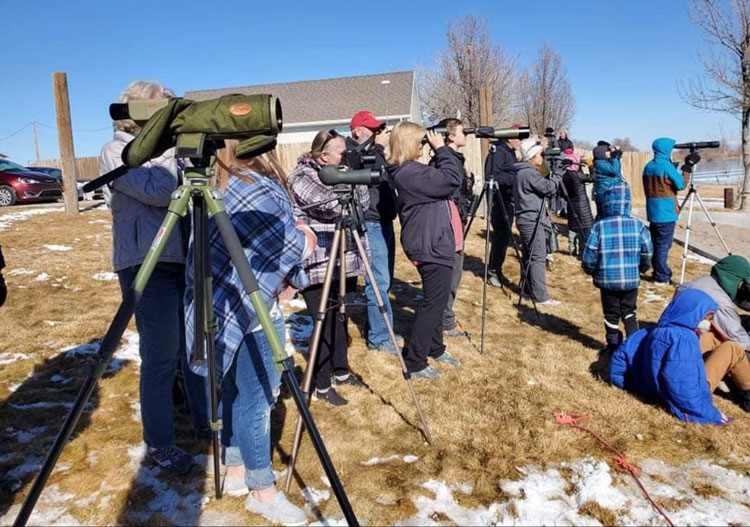 |
|
|
|
|
BIRD OF THE MONTH:
|
|
|
|
California
Gull (Larus
californicus)
by Lynn Garner
|
|
Family: Gulls and Terns (Laridae); Order: Shorebirds (Charadriiformes)
|
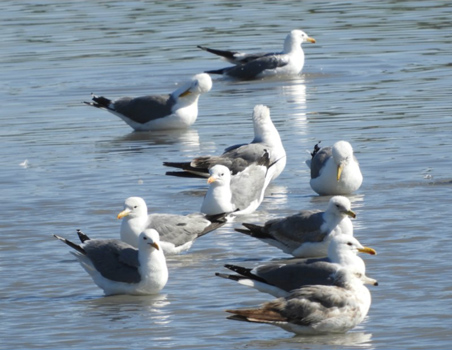
California Gulls, Powell Lake, Lehi, Utah Co
©Lynn Garner |
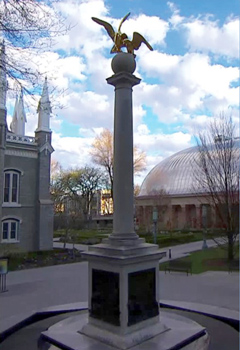
Seagull Monument on Temple Square,
Salt Lake City. ©Bonneville Productions |
It was May, 1848;
the 1500 settlers in the Salt Lake valley had just arrived the previous summer
and had barely survived the winter. Their hopes for survival were centered on
their newly sprung crops, not only for themselves, but for hundreds more on
their way across the plains. Suddenly, an irruption of “Mormon crickets”
(probably bush katydids) descended on their crops and everything green, eating
voraciously. For about two weeks, the settlers prayed and fought the insects,
but there were just too many of them. Early in June, their prayers were
answered. Flocks of seagulls appeared from the direction of the Great Salt Lake
and descended on their crops, not to eat the crops but to feast on the insects!
Settlers reported the birds gorging themselves, then disgorging what they could
not digest, then eating more insects. For the next two weeks, the gulls
controlled the crickets, and while the harvest would not be as abundant as
originally hoped, it was sufficient for the survival of the colony. In
gratitude, the Seagull Monument was erected in 1915 to honor the birds, and the
“California Seagull” was adopted as the Utah State Bird in 1955.[1][4]
Bird book descriptions of gulls always
compare them to several other species and predict that they will be seen in
company of those species. For California Gulls, the comparable species are
Ring-billed Gulls (our most abundant gull) and Herring Gulls, fitting between
them in size and sharing their habitat. The average adult California Gull is 21
inches long with a wingspan of 54 inches and weighing 1.3 pounds. It is white
with a medium dark gray back and extensive black on the wingtips, a dark eye
with a red orbital ring, a yellow bill with red and black markings on the tip,
especially on the lower mandible, and dull greenish legs. Juveniles are quite
brown and take four years to mature, getting lighter each year. The call is
hoarse and scratchy, slightly descending in pitch; the long call is a rapid
sequence of higher-pitched calls, wheezy and raucous.[2]
Typical nesting range is from Arizona to
upper Canada and from the Dakotas to the Cascades; the winter range is along the
Pacific coast from Washington southward into Mexico. There are pockets of
permanent residence in Colorado, Utah, Idaho, Washington, Oregon, and Nevada.
California Gulls are common on lakes and ponds and are often seen in farmland,
parking lots, and city parks. In Utah, they are uncommon during the winter
months.[2]
Nesting places are on islands in inland
lakes and along rivers; the nest on the ground is made of grass, dead weeds, and
sticks. The typical clutch is 2 or 3 heavily-blotched buff-olive eggs. Both
parents take turns of 3-4 hours incubating the eggs, trading long calls during
the shift change. California Gulls are scavengers and will eat everything they
can find, from insects to garbage. They often travel miles from their nesting
sites in search of food.[4]
The oldest California Gull on record was
28 years old. The population of California Gulls has been mostly stable for
decades.[3]
References
[1] Saints, Vol. II: No Unhallowed Hand, 2020, Salt Lake City:
The Church of Jesus Christ of Latter-day Saints.
[2] Sibley, Sibley Birds, V2 App.
[3] National Audubon Society, Birds of North America, 2021, New York:
Knopf.
[4] All About Birds and various web sites.
[See
past Bird of the Month articles]
|
|
|
Field Trip Reports
|
|
|
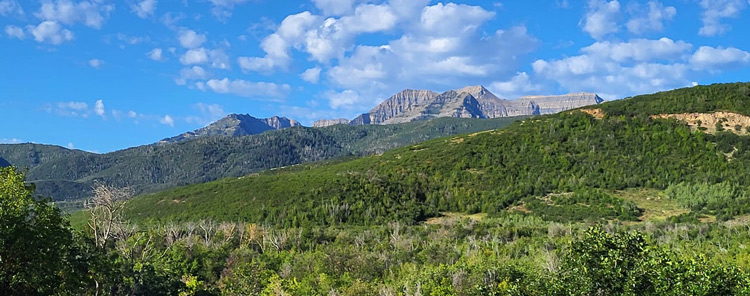
|
|
Cascade Springs-Wasatch County fieldtrip
28 Aug 2022
by Suzi Holt
|
|
|
|
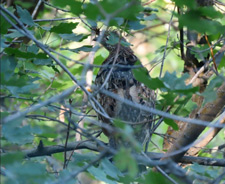
Ruffed Grouse |
We had a slow but
beautiful morning up at Cascade Springs.
Our first birds were a couple Common Ravens. Then we saw a
American Robin. Down the trail one of the Hinckley boys saw a clump in a
tree. Holly looked a little closer and it was a Ruffed Grouse...a
great find!! We then heard and saw Black-capped Chickadees, saw more
American Robins, a Woodhouse's Scrub Jay and a couple of
Song Sparrows. The cascades were absolutely beautiful and so worth
coming up for. Tatum had a blast running on the boardwalk looking for
fish. A little farther up where the river spread out across the meadow we
had Yellow, Virginia's, Orange-crowned and MacGillviary's Warblers.,
a Western Wood Pewee, Spotted Towhees and a couple of Finch.
We also saw a Golden Eagle! From there we worked our way back down
the trail seeing and hearing Cedar Waxwings.
We walked down to the pond on the dirt
road and added a Northern Flicker putting us at 15. |
|

Black-capped Chickadee |
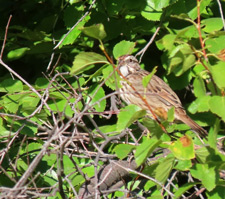
Song Sparrow |
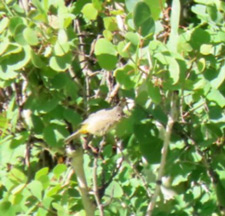
Virginia's Warbler |
|
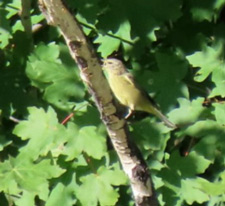
Orange-crowned Warbler |
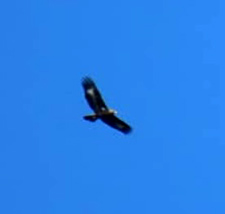
Golden Eagle |
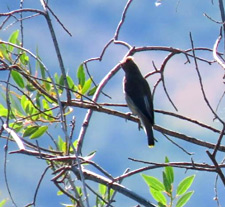
Cedar Waxwing |
|
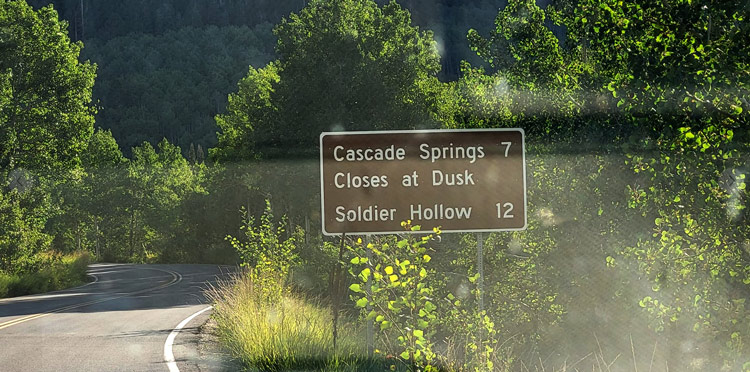 |
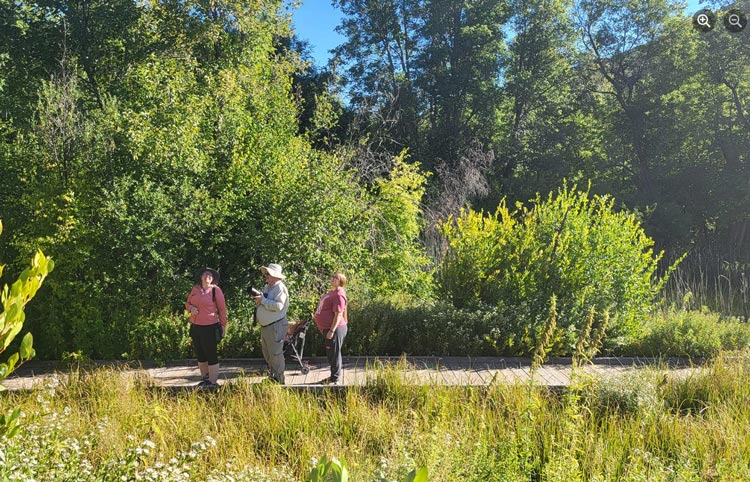 |
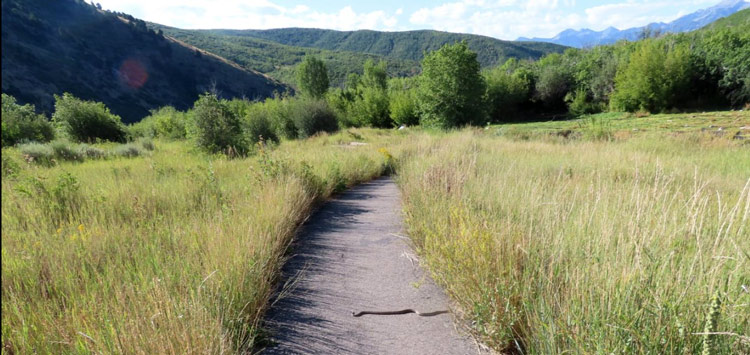
Yep a snake |
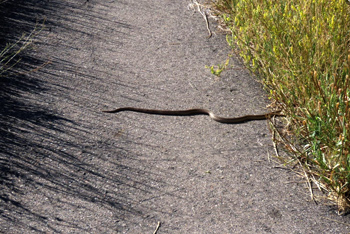 |
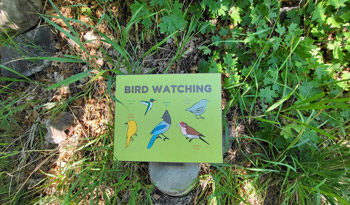 |
|
|
|
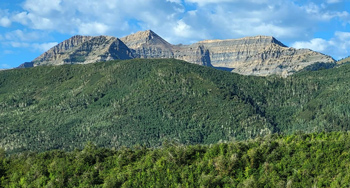 |
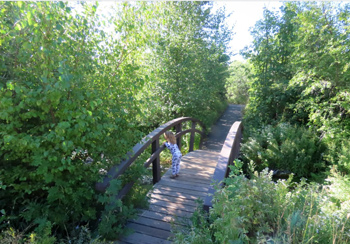 |
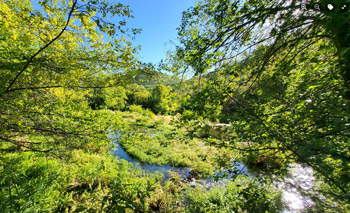 |
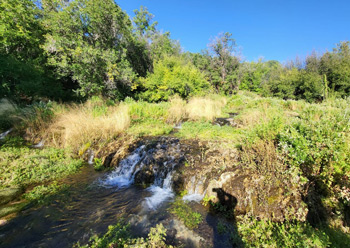 |
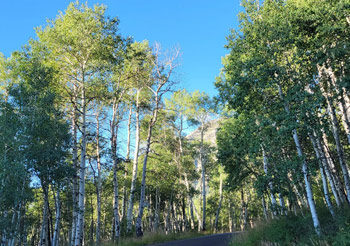 |
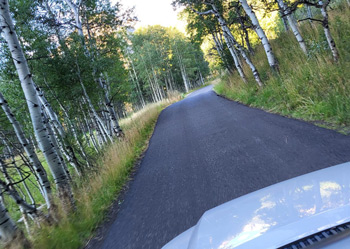 |
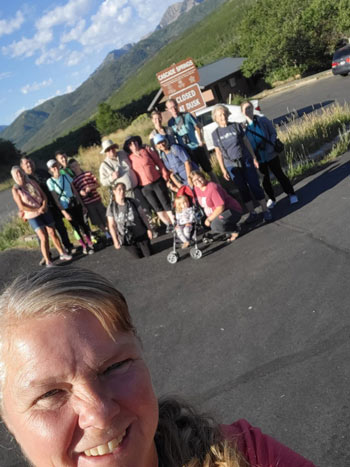
|
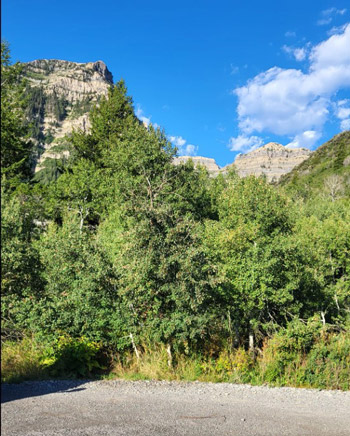 |
|
|
|
|
|
|
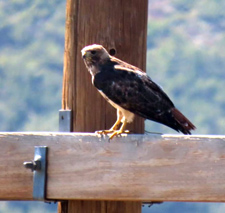
Red-tailed Hawk |
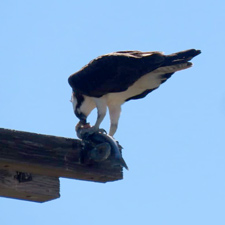
Osprey |
We decided to take the road over to
Soldier's Hollow. We added Red-tailed
Hawk, Cooper's Hawk, Swainson's Hawk, Turkey Vulture, Red-winged Blackbird,
Mourning Doves and Black-billed Magpie .
At the
Fisherman's access we added Osprey, Mallard and
California Gull. For a grand total of 27 species. Glad to have Wasatch
completed! It was a good morning!
Thanks for joining us!
|
|
|
|
|
|
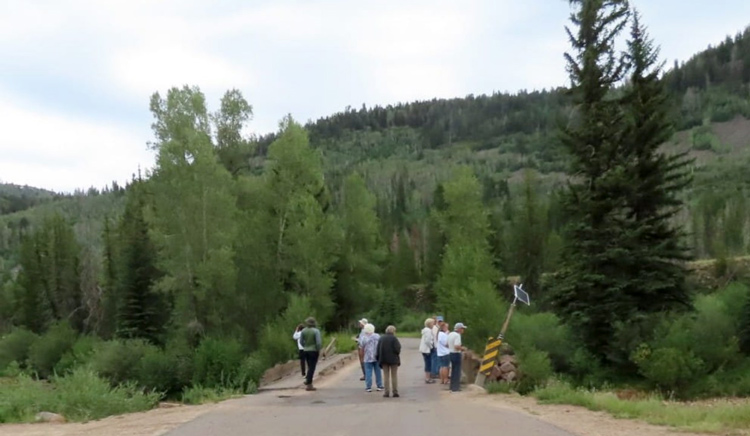
Soapstone Basin |
|
Mirror Lake Fieldtrip
(Summit and possibly Duchesne County)
5 Aug 2022
by Suzi Holt
|
|
|
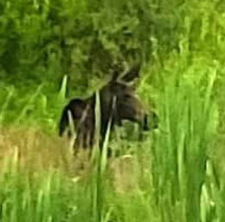
Bullwinkle |
|
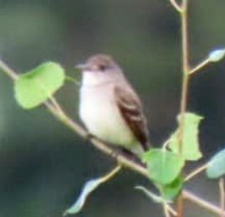
Willow Flycatcher |
Sixteen birders met
way too early and headed for Mirror Lake Highway in search of birds. Our
first non bird was a beautiful Moose right below Soapstone Basin! We saw a
Common Raven and tons of Black-billed Magpies. We passed the
"Bear Naked Campground" it had just rained so we figured the campers had
also got a morning bath :)
First stop Soapstone Basin.
It was sprinkling just a little bit. But despite the weather we managed 21
species. We heard a Sandhill Crane and Northern Flicker upon
arrival. Over by the pond we heard a couple Willow Flycatchers then
located one in a aspen tree on the backside of the pond. A Mallard
flew over the pond and we saw Song Sparrow on the log, Yellow
Warblers were chasing each other all over the fir trees and a
Northern Rough-winged Swallow perched on a small snag overhanging the
pond. A ways off on another snag we saw a Cedar Waxwing and a
Downy Woodpecker. We heard a pip, pip, pip and a Red Crossbill
flew into the top of a fir tree!! We watched Ruby-crowned Kinglets
flit all over had a Warbling Vireo fly over us and into a Aspen Tree,
we had a Rufous Hummingbird come in for a close look and a Belted
Kingfisher on the swallows snag. A American Goldfinch replaced
the Willow Flycatcher in the Aspen to the back of the pond. We also saw
American Robins, Western Wood Pewees, a Stellar's Jay, lots of
Black-capped Chickadees and one Orange-crowned Warbler. We
finished Summit County!! The rain began to pour so we jumped in the cars and
headed up the highway.
|
|
|
|
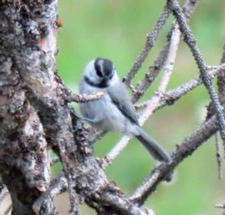
Mountain Chickadee- |
Duchesne County first stop Hayden Peak Lookout.
Once again it was drizzling. But we managed 15 different soaked birds. We
saw Mountain Bluebird, lots of White-crowned and Chipping
Sparrows and tons of Dark-eyed Juncos on the other side of the
road. At the outlook we saw Orange-crowned and Yellow-rumped
Warblers, Cassin's Finch, Red- breasted and White-breasted Nuthatches,
Ruby-crowned Kinglet, Brown Creeper, American Robin, Northern Flicker
and heard a Hairy Woodpecker!
|
|
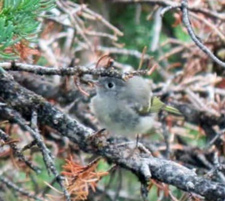
Ruby-crowned Kinglet |
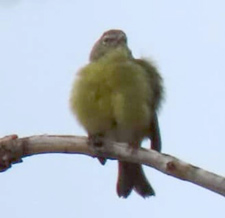
Orange-crowned Warbler |
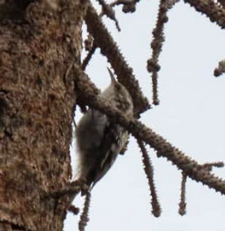
Brown Creeper |
|
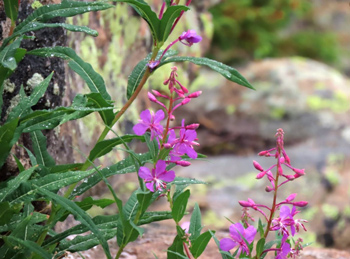
Fireweed - in
the Willowherb family, Onagraceae
|
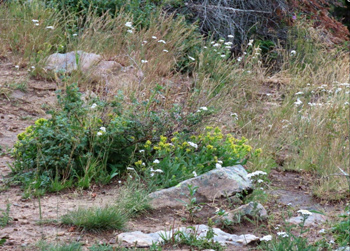
Hayden Peak Lookout
|
|
|
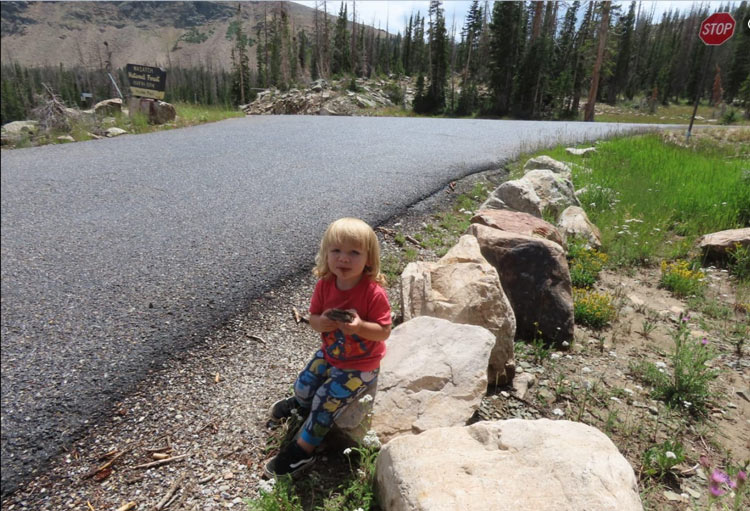
Tatum-Hayden Peak Lookout
|
|
|
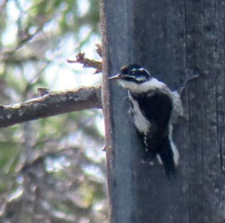
American Three-toed Woodpecker |
|
The rain started up again so we headed down to
Mirror Lake. We drove the horse campground on a quest for the
Canada Jay. Some of the trailing cars saw one!! Some missed it :(
We all saw lots of White-crowned and Chipping Sparrows and
Dark-eyed Juncos. We enjoyed other birds like Mountain Chickadees,
Yellow-rumped Warblers, A pair of American Three-toed Woodpeckers,
Northern Flicker, American Robin and Orange-crowned Warbler. Some
of us took a hike on the Highline Trail
and we found another American Three-toed Woodpecker and Clark's
Nutcrackers, Pine Siskin, Pine Grosbeak, Brown Creeper, Osprey and
Green-tailed Towhee.
|
|
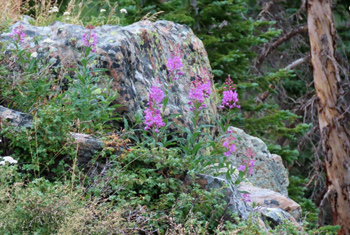
Fireweed / Willowherb |
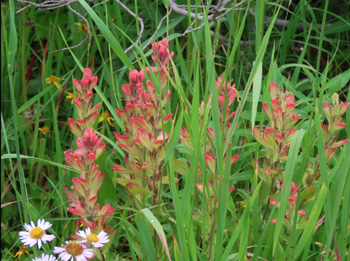
Mirror Lake CG |
|
|
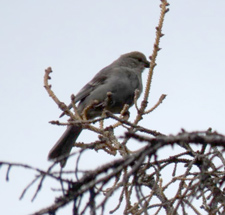
Pine Grosbeak |
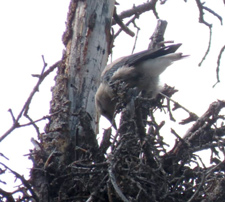
Clark's Nutcracker |
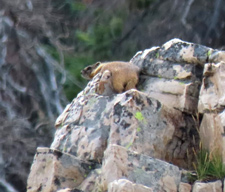
Yellow-bellied Marmot |
|
|
|
|
|
The others drove the campgrounds. Lucky ducks saw a Canada Jay too!
We decided to eat lunch at one of the picnic tables and hope to be visited
by one...nope, so we continued to drive around the campgrounds. One by one,
car by car all headed home. Holly and Steve stayed with us and we drove
through Butterfly Lake CG with no luck. We stopped at the Pika boulders and
found two!! The rain started again but sttopped when we got to Moosehorn
Lake. No luck there either. Amanda still needed two species and Lynn needed
one. Our last try was at Hayden Peak Lookout, luckily it wasn't raining. But
we didn't add any birds :(
Despite the weather we had a lot of fun! And the wildflowers, rain and
refreshing temperatures were so worth the drive!
Thanks for coming! |
|
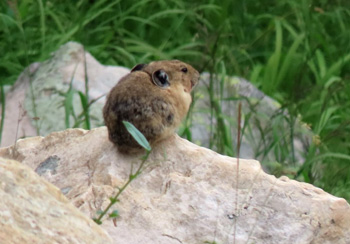
Pika - Mirror Lake Highway |
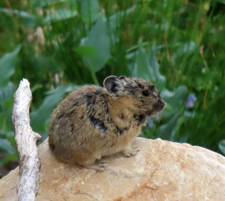
Pika |
|
|
|
|
|
|
|
|
|
Utah County Birders website
Utah County Birders Board Members
If you'd like to write an
article for the news newsletter...
send it to:
ucbirders@utahbirds.org
|
|
|
|
|